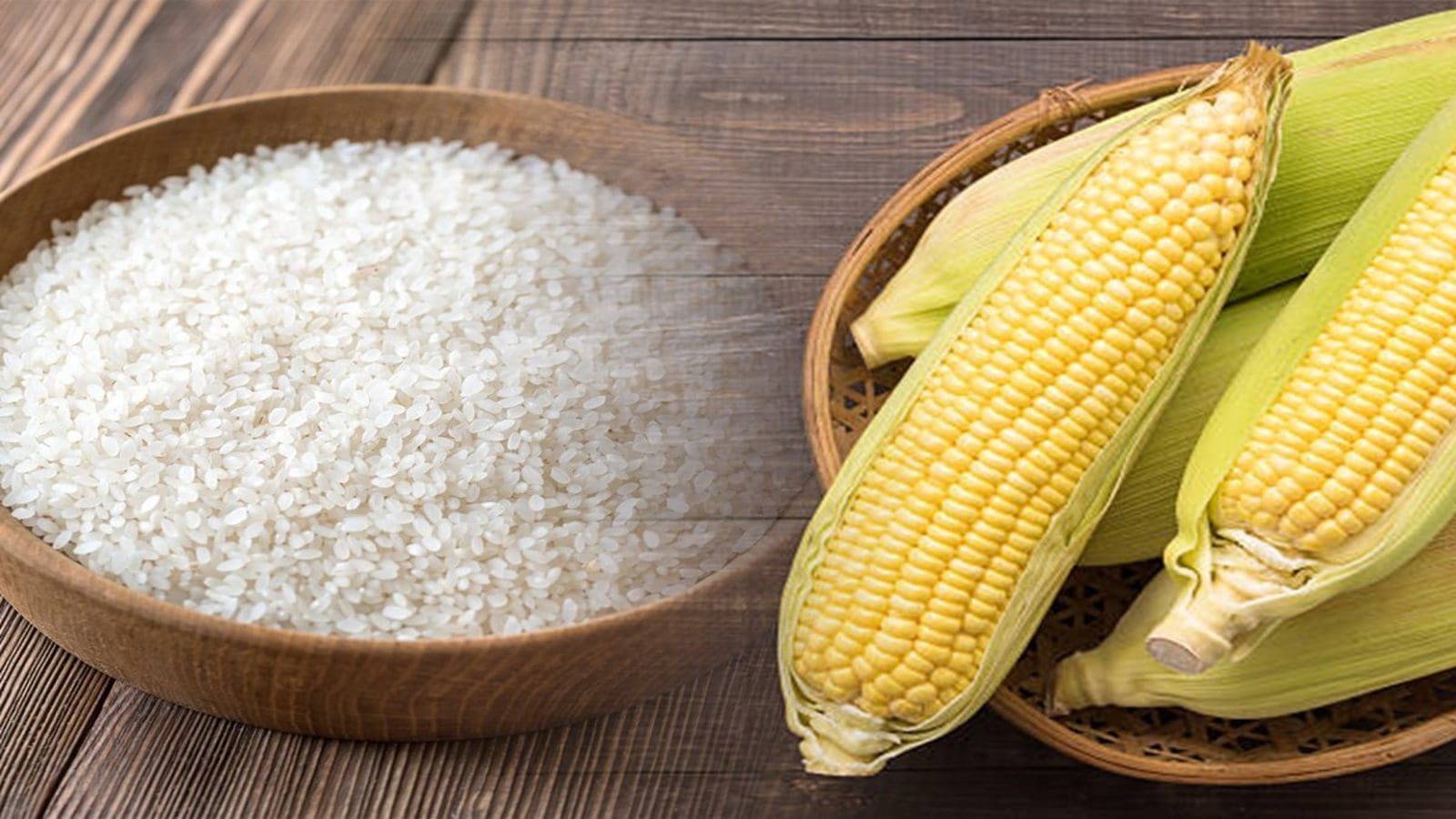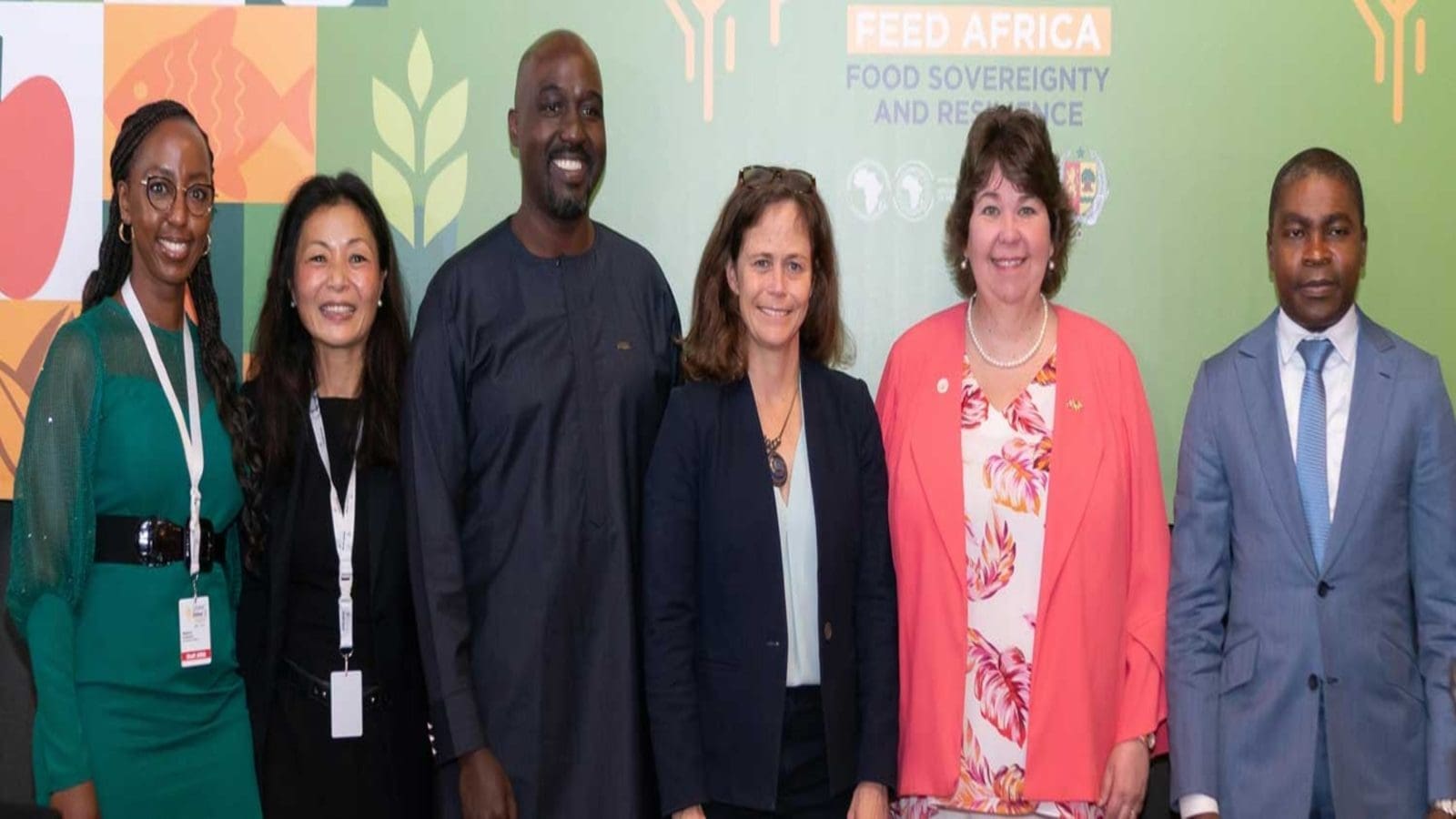KENYA – The Government of Kenya has signed an agreement with Fortescue Future Industries (FFI), a global green energy company, to develop a 300-megawatt (MW) green ammonia and fertilizer facility in the Naivasha, Kenya.
The Investment Support and Implementation Agreement was signed by the President of Kenya H.E. Dr. William Ruto CGH and the Executive Chairman of Fortescue Dr. Andrew Forrest.
According to the statement form State House, the proposed facility will be constructed in the vicinity of the Olkaria geothermal field envisioned to accelerate the Framework Agreement signed during COP27 as well as to reinforce Kenya’s green growth agenda.
“This is an important milestone in our commitments to not only reduce Green House Gas emissions but more significantly make a bold statement that Kenya is on an ambitious green growth agenda,” said President William Ruto.
Adding to Ruto’s speech, Dr. Forrest said FFI’s project will accelerate Kenya’s vision to establish itself as a world leader in the production of fertilizer made using green ammonia.
In doing so, Kenya will strengthen its leadership is providing additional energy security that steps beyond the use of fossil fuels, most importantly, and stopping the reliance on Russian imported fertilizer.
The Kenyan President and Fortescue Executive Chairman first discussed the agreement terms of the project during their meeting at the UN General Assembly in New York in September 2022.
Later in the year, the two parties signed a binding Framework Agreement with Fortescue Future Industries on the sidelines of COP27.
As per the official statement from the State House, the deal aims to fast-track Kenya’s development of an affordable green fertilizer supply chain and other green hydrogen-based industries and their derivatives.
Additionally, the project will boost the supply of power to Kenya’s grid, hence enhancing power efficiency in the country.
This was when the country was grappling with a wide array of prolonged periods of drought, rising costs of farm inputs, the Ukraine-Russia war, and soaring food prices.
In addition, the Kenyan government is committed to reducing the price of fertilizer to actualize its pledge to avail more subsidized fertilizer to farmers as part of its strategy to bring down food prices.
Last year, President Ruto gave a directive for the disbursement of KES 3.6 billion for subsidized fertilizer after scrapping the maize flour subsidy, an initiative from his predecessor Uhuru Kenyatta.
The move was aimed at cutting the cost of planting fertilizer, which had hit a high of over Sh6,500, contributing to the high cost of foods, especially maize, which is the country’s staple.
Under the subsidy scheme, DAP fertilizer was supposed to cost Sh3,500, CAN Sh2,875, UREA-Sh3,500, NPK- Sh3,275, and Sulphate of Ammonia will cost Sh2, 220.
The parties have also agreed, as part of the project’s scope, to include the supply of green electricity to Kenya’s grid.
For all the latest food industry news from Africa and the World, subscribe to our NEWSLETTER, follow us on Twitter and LinkedIn, like us on Facebook and subscribe to our YouTube channelAs per










